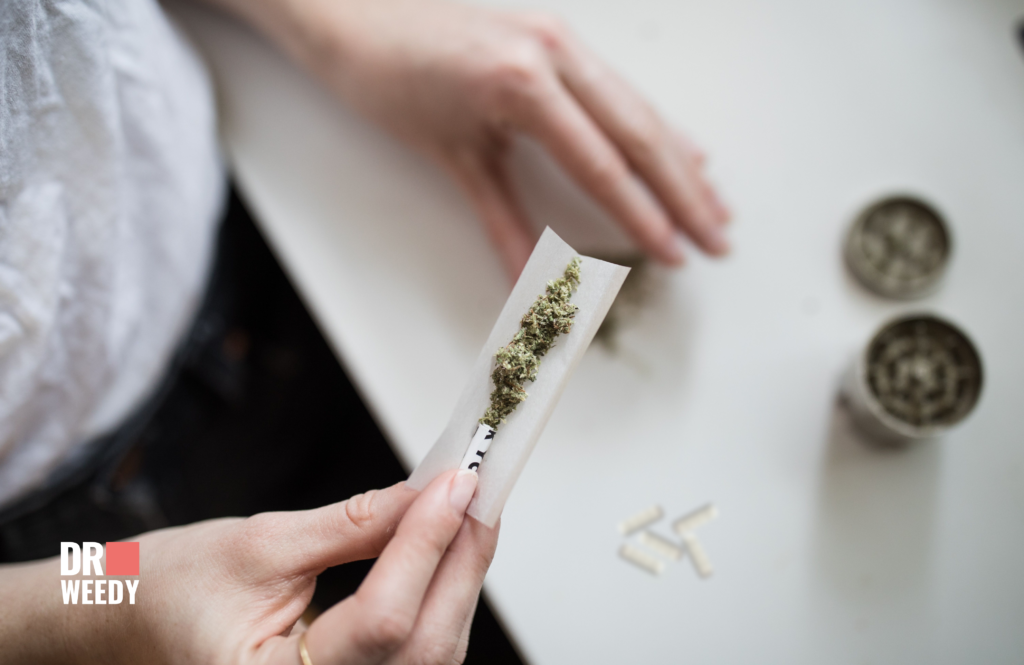Mixing Marijuana and Xanax: A Risky Combination

Mixing marijuana and Xanax is an extremely dangerous practice that should only occur under the explicit recommendation and guidance of a qualified medical professional. Combining these substances without proper medical supervision can lead to severe, potentially life-threatening consequences. While this article aims to provide a comprehensive understanding of the effects, risks, and potential benefits associated with this combination, it does not encourage or endorse engaging in this practice without first consulting a healthcare provider. The risks are too significant to take lightly, and prioritizing one’s health and safety should be the utmost concern.
The Effects of Marijuana

Marijuana, also known as cannabis, is a psychoactive substance derived from the Cannabis sativa plant. Its primary active ingredient, tetrahydrocannabinol (THC), interacts with the body’s endocannabinoid system, producing a variety of effects. When consumed, marijuana can induce a range of experiences, including:
- Altered perception of time and heightened sensory awareness
- Euphoria and relaxation
- Increased appetite (commonly referred to as “the munchies”)
- Impaired short-term memory and concentration
- Drowsiness and sedation
The therapeutic effects of marijuana are primarily derived from two key compounds: cannabidiol (CBD) and tetrahydrocannabinol (THC). CBD is non-psychoactive and is known for its anti-inflammatory, analgesic, and anxiolytic (anti-anxiety) properties. On the other hand, THC is the primary psychoactive component responsible for the euphoric “high” associated with marijuana use.
In many states, individuals can obtain a medical marijuana card from a licensed physician to legally purchase and consume cannabis for treatment of qualifying medical conditions. Medical marijuana cards allow access to cannabis from licensed dispensaries.
The Effects of Xanax

Xanax, the brand name for the benzodiazepine alprazolam, is a prescription medication primarily used to treat anxiety disorders and panic attacks. As a central nervous system depressant, Xanax works by enhancing the effects of gamma-aminobutyric acid (GABA), a neurotransmitter that inhibits brain activity and promotes relaxation. Common effects of Xanax include:
- Reduced anxiety and muscle tension
- Drowsiness and sedation
- Impaired coordination and motor skills
- Slurred speech
- Impaired memory and concentration
Typical Xanax dosages range from 0.25 mg to 0.5 mg, taken up to three times per day. Higher doses, such as 2 mg or more, may lead to increased tolerance and dependence. It’s crucial to follow your healthcare provider’s instructions carefully and never exceed the recommended dosage.
The Dangers of Mixing Xanax and Marijuana

Combining Xanax and marijuana can amplify the effects of both substances, leading to potentially dangerous and unpredictable consequences. The most significant risks associated with this combination include:
- Increased Sedation and Impairment: Both Xanax and marijuana have sedative properties, and when combined, the sedative effects can be compounded, leading to excessive drowsiness, impaired coordination, and cognitive impairment.
- Respiratory Depression: Xanax and marijuana can both depress respiratory function, and their combined effects can lead to dangerously slow or shallow breathing.
- Increased Anxiety and Paranoia: While marijuana and Xanax are often used to alleviate anxiety, in some individuals, this combination can paradoxically trigger or intensify feelings of anxiety, panic, and paranoia.
- Increased Risk of Overdose: The synergistic effects of these substances can make it easier to accidentally overdose, especially if the user is unaware of the potency or purity of the substances involved.
- Impaired Judgment and Decision-Making: The cognitive impairment caused by this combination can lead to poor judgment and decision-making, potentially increasing the risk of accidents or engaging in risky behaviors.
Potential Benefits of Mixing Xanax and Marijuana

While the risks of combining Xanax and marijuana are significant, there are some potential benefits that should be acknowledged, although these benefits do not outweigh the risks without proper medical supervision:
- Enhanced Relaxation and Anxiety Relief: For some individuals, the combination of Xanax and marijuana may provide a synergistic effect, leading to increased relaxation and reduced anxiety levels.
- Improved Sleep: The sedative properties of both substances may help individuals with insomnia or sleep disturbances to achieve better sleep quality.
- Pain Management: Marijuana has been shown to have analgesic (pain-relieving) properties, and when combined with Xanax, this combination may provide enhanced pain relief for certain individuals.
However, it’s crucial to understand that these potential benefits are highly individualized and can be outweighed by the risks, especially when these substances are used without medical guidance.
If your doctor has prescribed both marijuana and Xanax for your condition, it’s essential to use them responsibly and follow specific guidelines to minimize risks. Here are some recommendations:
- Use only the recommended dosages and strains prescribed by your doctor.
- Avoid using marijuana and Xanax simultaneously. Instead, space out their use to allow their effects to dissipate before introducing the other substance.
- Start with low doses of both substances and gradually increase only if necessary and under medical supervision.
- Be aware of potential interactions and side effects, such as increased sedation, respiratory depression, and impaired cognitive function.
- Never operate heavy machinery or drive while under the influence of these substances.
In Conclusion
Mixing marijuana and Xanax is a risky practice that should only be considered under the explicit recommendation and close supervision of a medical professional. While there may be potential benefits for some individuals, the dangers of this combination, such as increased sedation, respiratory depression, anxiety, and the risk of overdose, are significant and should not be taken lightly. It’s crucial to prioritize safety and explore safer alternatives for managing anxiety, insomnia, and pain under the guidance of a healthcare provider. Remember, your health and well-being should always come first.


























